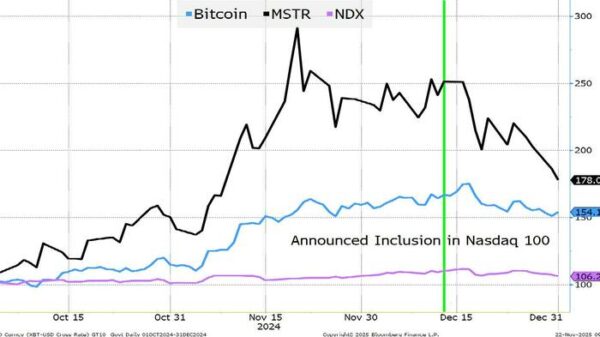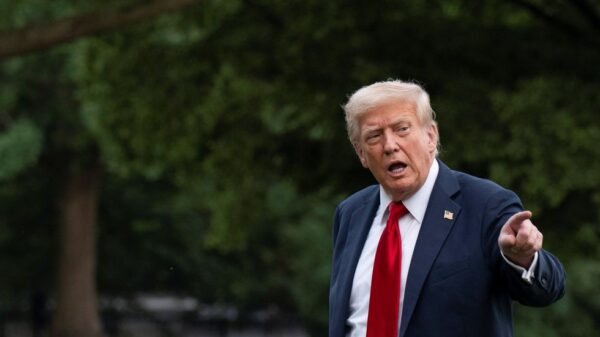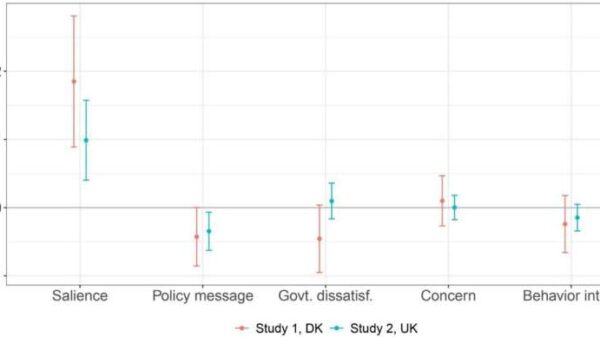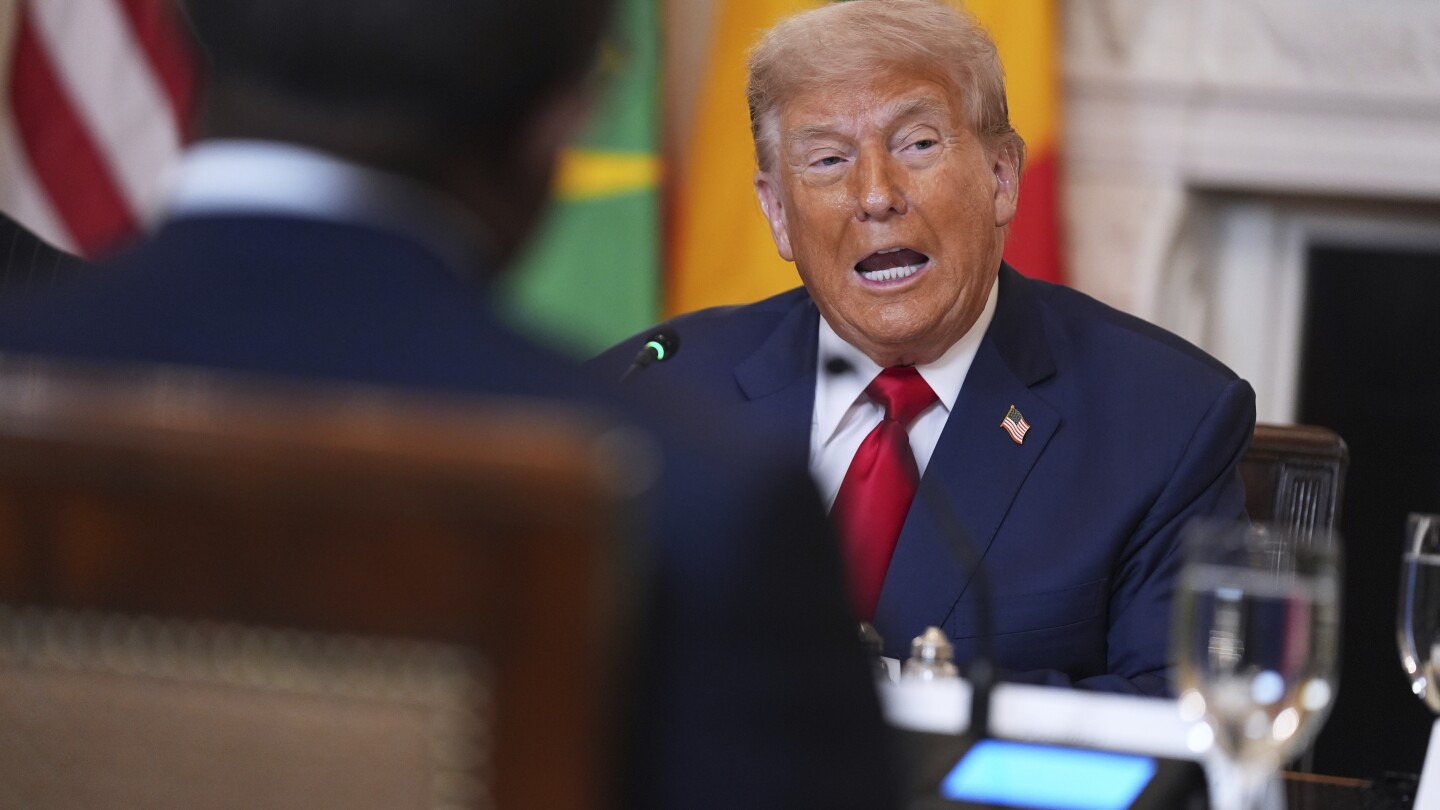WASHINGTON (AP) — In a move that underscores his administration’s aggressive trade policy, President Donald Trump issued tariff letters to seven smaller U.S. trading partners on Wednesday. The letters, which target the Philippines, Brunei, Moldova, Algeria, Libya, Iraq, and Sri Lanka, come with a pledge to announce further import taxes on additional countries later in the day.
None of the countries targeted in this initial batch is a major industrial rival to the United States. This action highlights Trump’s continued belief that tariffs can bolster American prosperity, despite widespread economic analyses suggesting otherwise. Experts warn that these tariffs could exacerbate inflationary pressures and hinder economic growth. Nevertheless, Trump has utilized these taxes as a tool to assert U.S. diplomatic and financial power globally.
Trump’s Tariff Strategy and Economic Implications
The administration claims that these import taxes will address trade imbalances, partially offset the costs of recent tax cuts, and encourage the return of manufacturing jobs to the U.S. During a White House meeting with African leaders, Trump emphasized trade as a diplomatic instrument, stating, “Trade seems to be a foundation for settling disputes.”
Recently, Trump imposed a 35% tariff on Serbia, using it as an example of how trade can foster peace. The tariff rates in his letters, he claims, are based on “common sense” and trade imbalances. Trump indicated that Brazil might be the next target, while assuring that the African leaders present were exempt due to their newfound friendship.
According to Trump’s letters, imports from Libya, Iraq, Algeria, and Sri Lanka would be taxed at 30%, those from Moldova and Brunei at 25%, and those from the Philippines at 20%, effective August 1.
Global Reactions and Economic Context
Despite the aggressive nature of the tariffs, Trump asserts that there have been minimal complaints due to the conservative rates. The S&P 500 index saw a slight uptick in Wednesday’s trading, suggesting limited immediate market panic.
European Union officials, a frequent target of Trump’s trade critiques, do not expect to receive similar tariff letters. Earlier this week, Trump imposed 25% import taxes on Japan and South Korea, two major U.S. trading partners. The Census Bureau reports that the U.S. had trade imbalances with the newly targeted countries, yet these figures are minor compared to the overall U.S. economy.
The U.S. trade imbalance with these seven countries is a small fraction in an economy with a gross domestic product of $30 trillion.
Trump’s letters, posted on Truth Social, follow a 90-day negotiation period with a baseline 10% levy. The August 1 deadline offers more time for negotiations, but Trump insists no extensions will be granted.
International Negotiations and Future Prospects
Maros Sefcovic, the EU’s chief trade negotiator, noted that the EU had been spared from the increased tariffs and welcomed the extended negotiation period. However, Trump has previously proposed significant tariffs on EU goods, indicating potential future conflicts.
Japanese Prime Minister Shigeru Ishiba interpreted the deadline as a negotiation extension, though he warned of potential harm to Japan’s industries. Malaysia’s trade minister, Zafrul Aziz, expressed his country’s refusal to meet all U.S. demands, citing red lines in government procurement and other areas.
Secretary of State Marco Rubio is scheduled to visit Malaysia, potentially to discuss these trade tensions further.
As the situation develops, the international community watches closely to see how these tariffs will influence global trade dynamics and whether they will achieve the administration’s economic goals.




































































